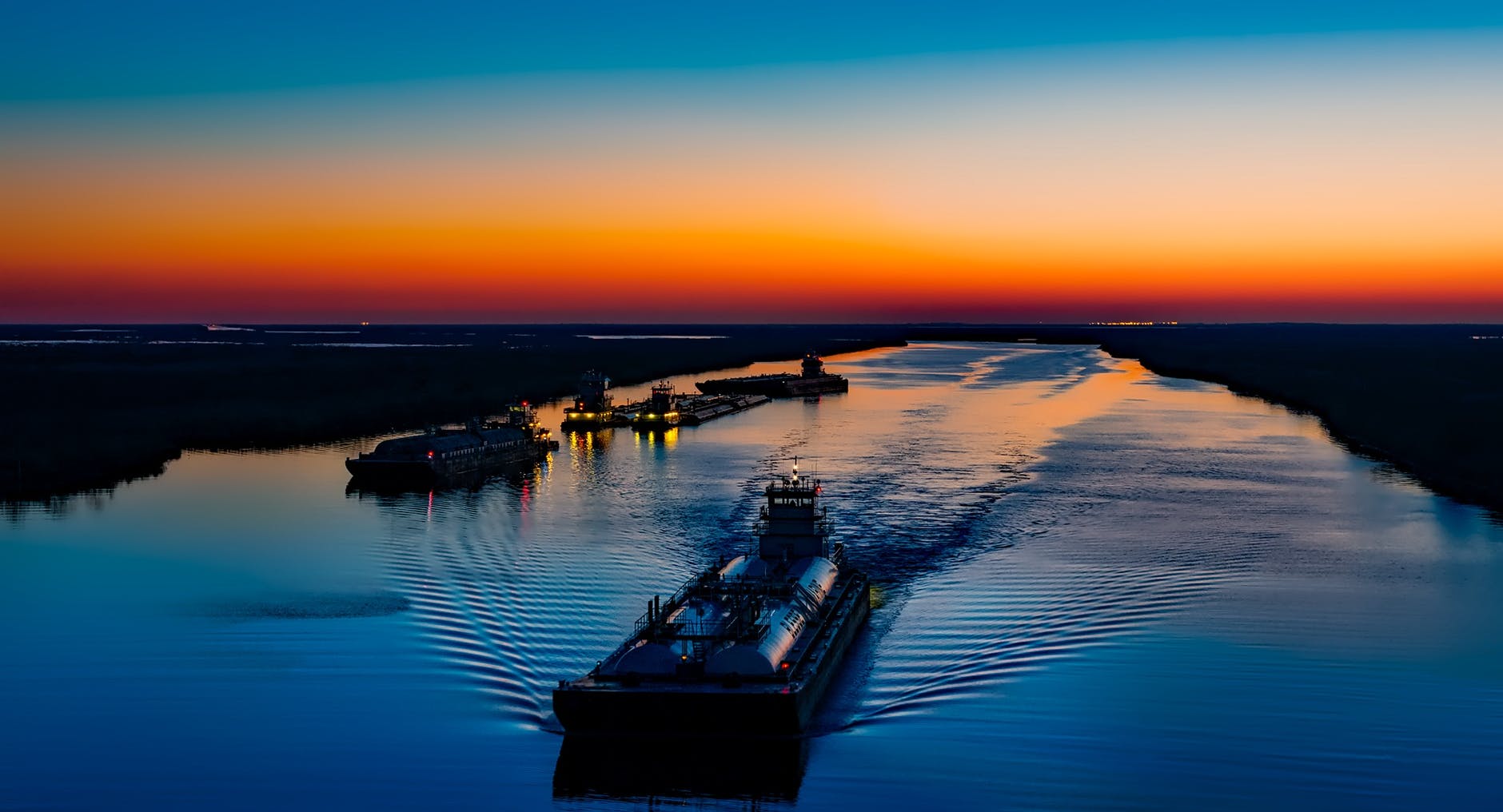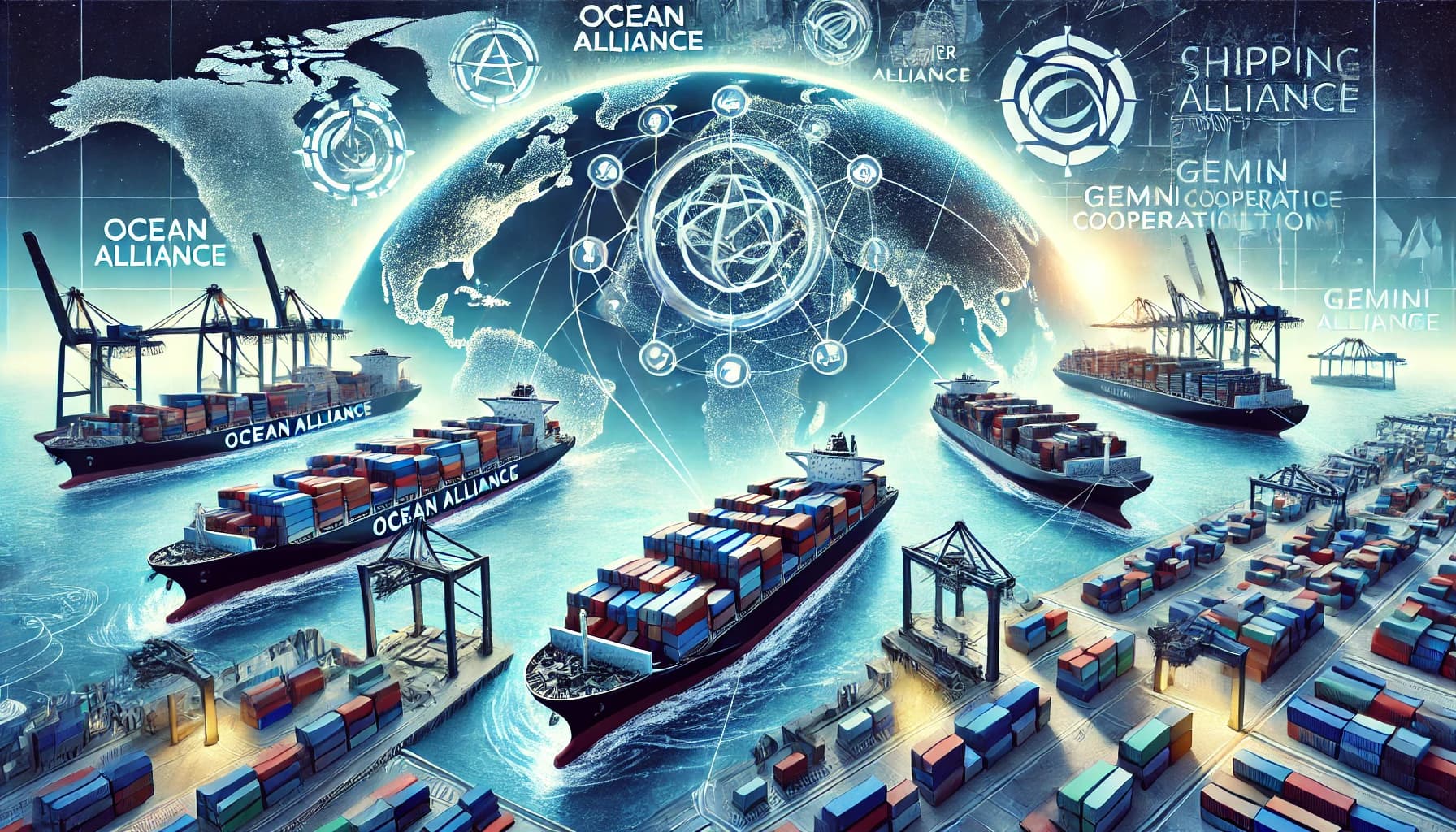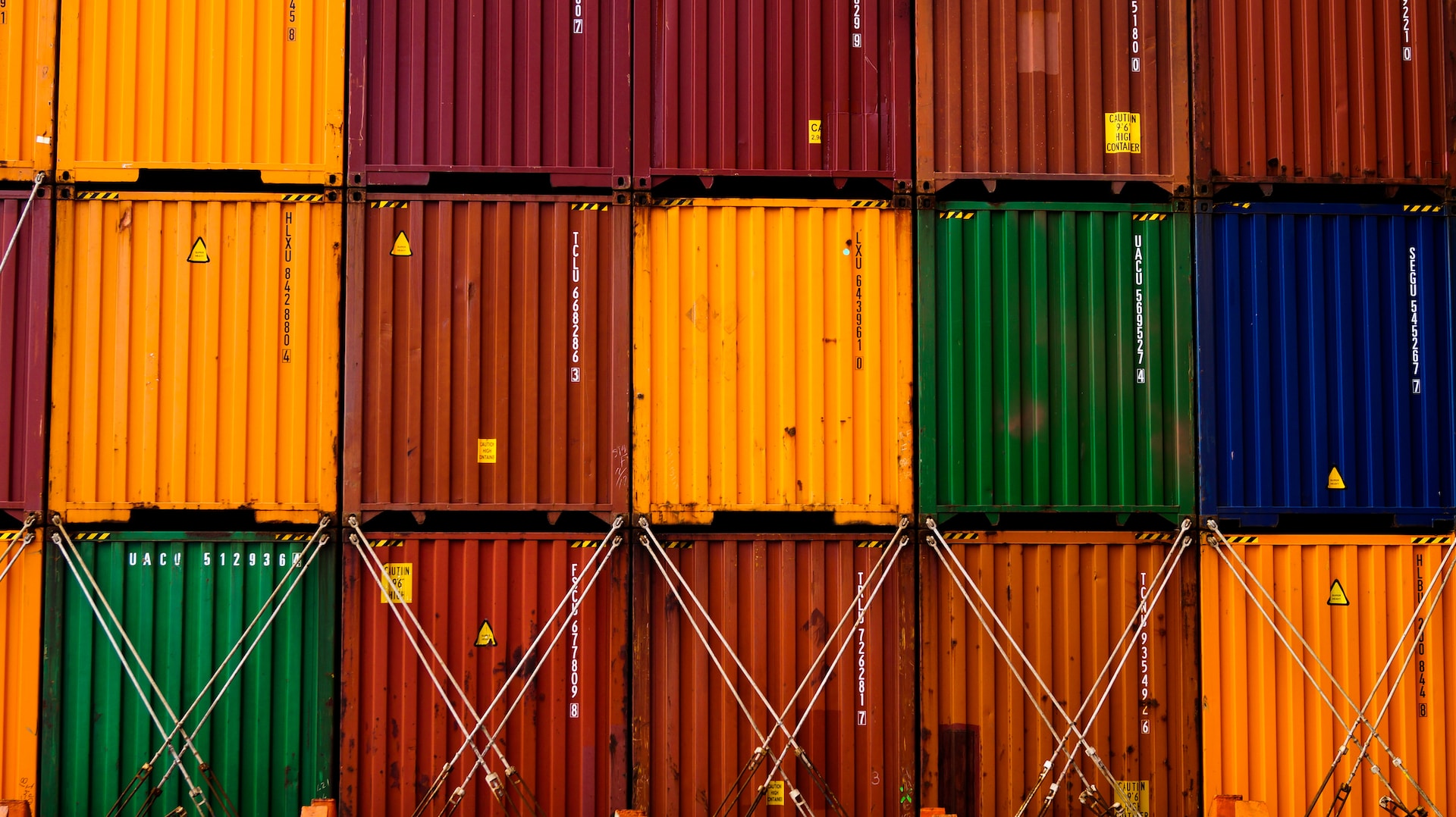A chemical tanker is a type of cargo ship that has been specifically constructed, or adapted, to carry liquid chemicals in bulk. They are the main form of transport when it comes to moving the commodities that provide the world with its energy requirements from point A to point B.
Like oil tankers, chemical tankers are easily recognizable by their superstructure, which is at the aft, and has a long and flat deck in front of it. On this deck (which is probably easier to see from a bird’s eye - or drone’s - view) is the system of vents and pipelines for ballast and cargo.
By the way, if you’re interested in ships you might be interested to know that this article is part of a series about all different types of boats, vessels and watercraft which explores everything from lightships to RoRo ships to icebreakers to bulk carriers such as Handysize and Supramax vessels, to dredgers to fireboats to crane vessels, fishing boats, cruise ships, passenger ferries and car carriers.
Read more: Everything You Need to Know About Coaster Vessels
If you’d like to read more about all the different sorts of merchant navy or merchant marine ships there are, you’ve come to the right blog!
But for now, let’s take a look at what tankers are, specifically chemical tankers.
What are chemical tankers and what do they transport?
Some people get oil and chemical tankers confused - which is fine as to the untrained eye they look and seem very similar. But the first thing to know is that tankers are not all created quite the same and the category is actually split into a few different divisions.
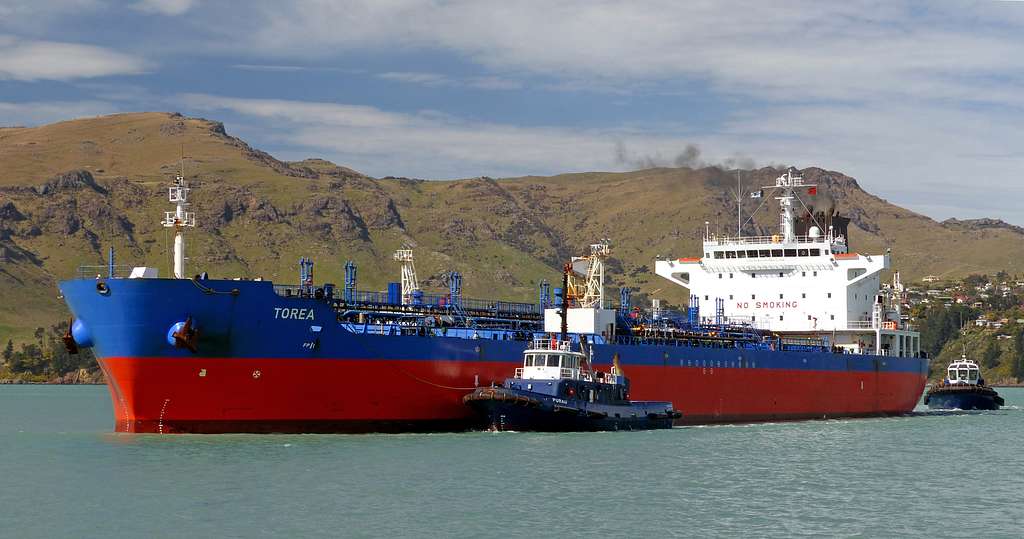
ARE YOU LOOKING FOR JOBS ON CHEMICAL TANKERS? VIEW MARTIDE’S CHEMICAL TANKER JOBS NOW!
Here we’ll take a brief look at just a couple of the other different types of tanker.
Oil tankers
No prizes for guessing that oil tankers carry oil. But they also transport gasoline, paraffin, kerosene and petrol. This means they are broken down further into two dominant types: Crude tankers and product tankers.
So what’s the difference?
The job of crude tankers is to carry crude oil from the location where it was extracted to the industrial plant where it is to be refined.
Meanwhile, the smaller-in-size product tankers transport refined oil closer to the market to which they are to be sold.
If you want to read more about oil tankers, check out our other blog post: Everything You Need to Know About Oil Tankers.
Gas carriers
From cooking your dinner to heating your home to generating power and powering transportation, gas is far reaching. And that means that gas, as a commodity is, of course, valuable.
So what does a gas carrier vessel actually transport? Gas is not all the same, so whilst an LNG or LPG tanker might be carrying Liquefied Natural Gas or Liquefied Petroleum Gas from one port to another, a different vessel might be transporting some other type of gas.
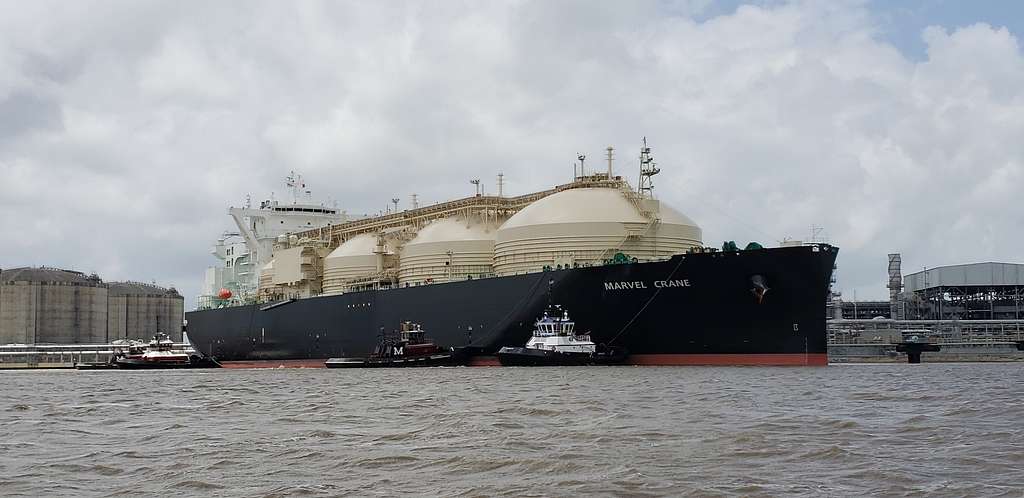
So while it might be tempting to think of the merchant navy or merchant marine fleet as all cargo or container ships, it is well worth remembering that there’s quite a lot more to it than that!
Read more: Everything You Need to Know About Mining Ships
So that brings us on to chemical tankers.
So while a gas tanker transports gas and an oil tanker carries crude oil or oil products, the fact is, chemical tankers are carrying cargos of potentially harmful and noxious substances - in liquid form and in bulk.
Read more: Everything You Need to Know About Tugboats
Chemical tanker classification
Generally speaking, chemical tankers are divided into three categories. The majority of tankers, as rated by the IMO are types two and three. The classifications are:
- Type 1: These tankers carry chemicals that pose the most serious of threats to the environment in the event of a spill or leak. They must be constructed with the highest level of safety measures to eliminate or limit damage in the event of an accident.
- Type 2: These tankers carry chemicals that pose a severe threat to the environment in the event of a spill or leak. They must be constructed with substantial safety measures to eliminate or limit damage in the event of an accident.
- Type 3: These tankers carry chemicals that pose a considerable threat to the environment in the event of a spill or leak. They must be constructed with appropriate safety measures to eliminate or limit damage in the event of an accident.
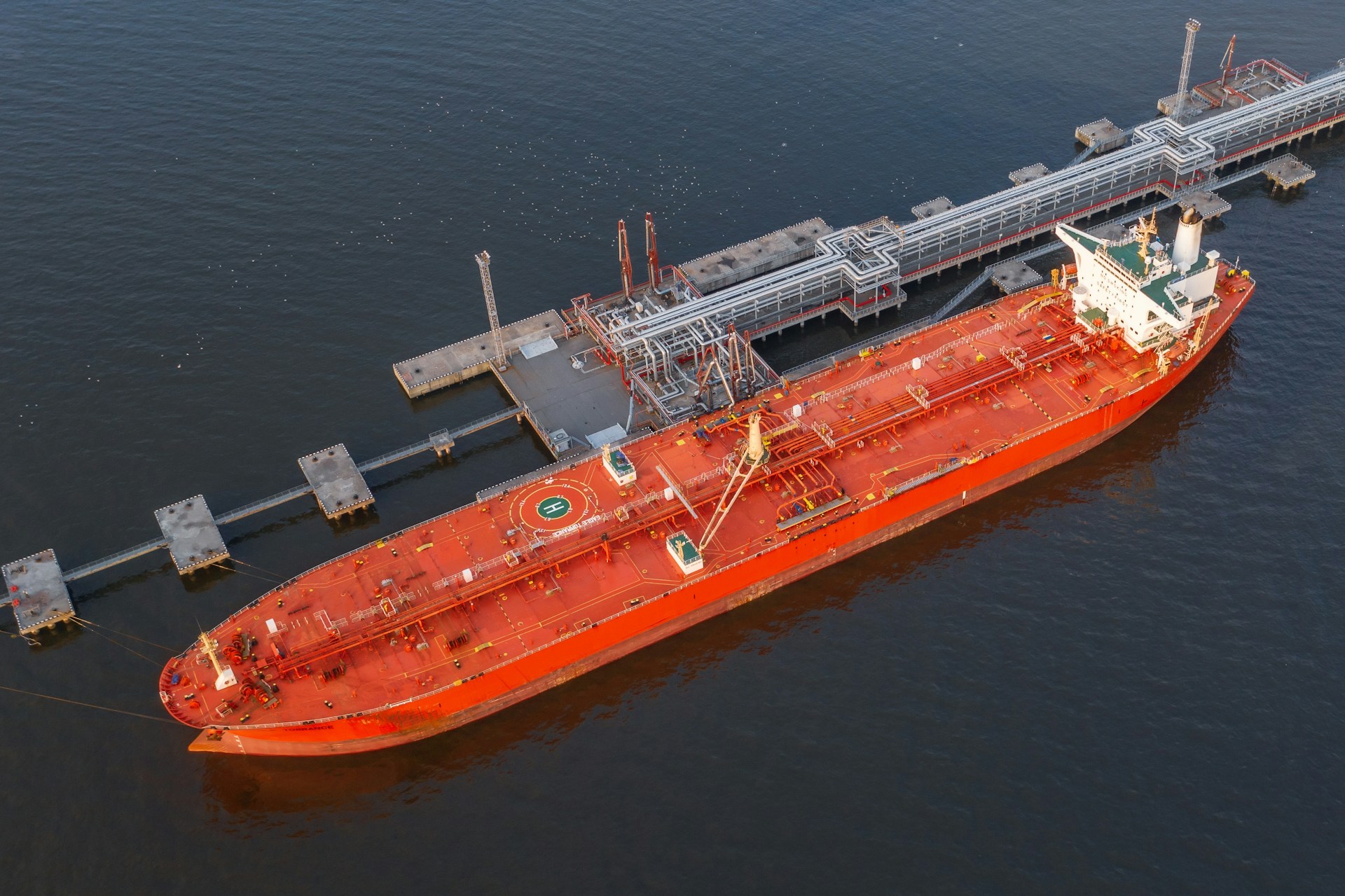
What do chemical tankers transport?
The word ‘chemical’ has connotations of harmfulness and toxicity, but of course most of us use chemicals in our everyday lives without a second thought.
Read more: Everything You Need to Know About Cable Laying Ships
The chemicals that tankers transport are varied and range from sulfuric acid (used in everything from drugs to explosives) to caustic soda (used in soap and candle making.) Of course, these are two quite extreme examples!
ARE YOU LOOKING FOR JOBS ON CHEMICAL TANKERS? VIEW MARTIDE’S CHEMICAL TANKER JOBS NOW!
The one thing that these chemicals can have in common is their threat to ecology due to their potential to pollute should a spill occur.
The types of chemicals these tankers transport include, but are not limited to:
- Methanol
- Sulfuric acid
- Palm oil
- Phosphoric acid
- Vegetable oil
- Caustic soda
- Tallow
Chemical tanker design
It stands to reason that any company with integrity would build, or convert, a chemical tanker with safety at the forefront of their mind. Given their cargo, chemical tankers are designed and built to meet any potential risks head on.
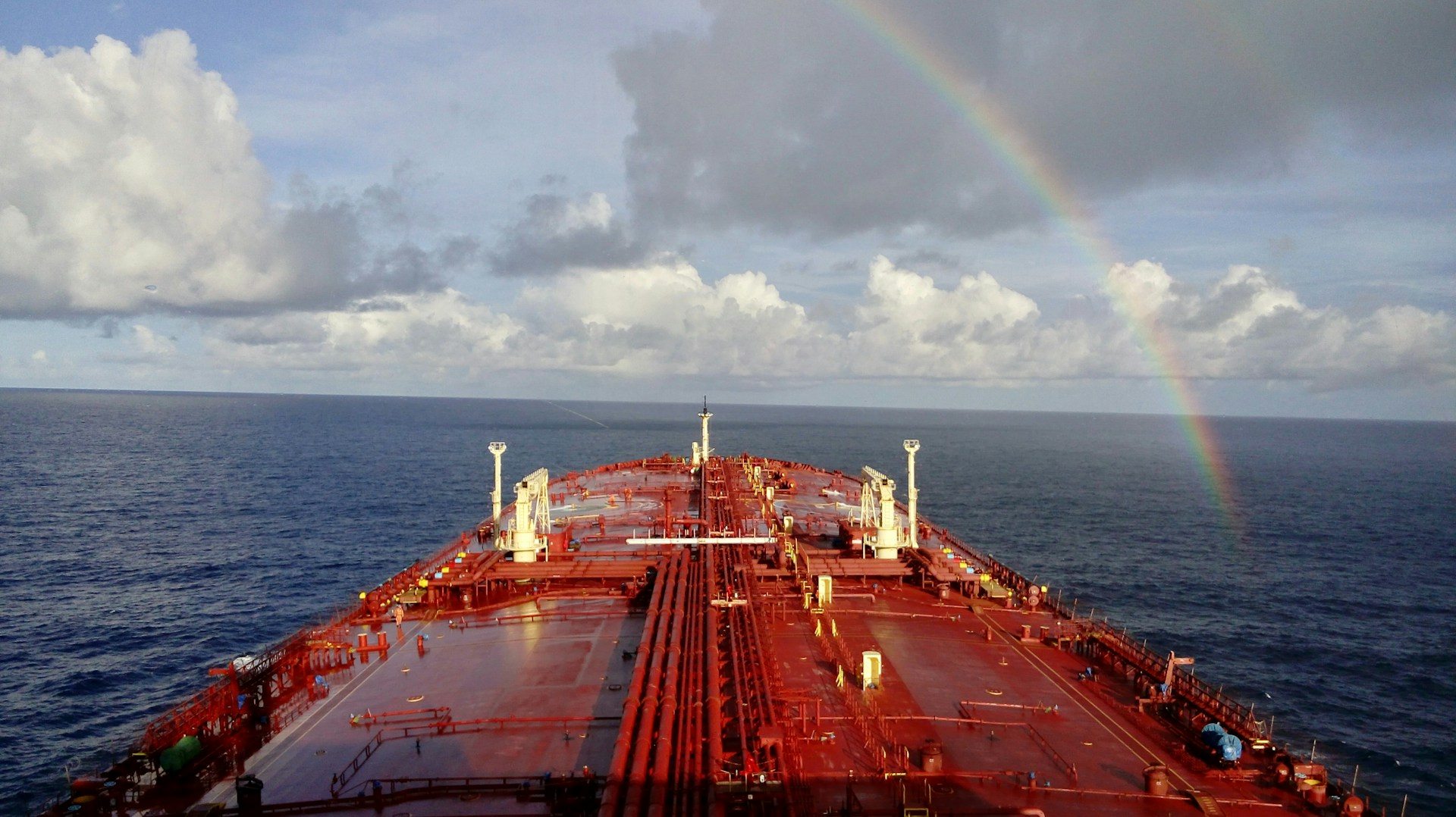
This includes a double hull feature which means that the tanker has a regular, although thickened and strengthened, hull with an inner hull which is normally a couple of feet inboard. The addition of a second hull helps to ensure the vessel is both watertight and leak-resistant in the event that damage is sustained.
Read more: Everything You Need to Know About Pilot Boats
A chemical tanker will also normally be constructed with a number of different tanks for the various cargoes. These tanks are either made from stainless steel or coated internally with specialized paint or epoxies. For example, zinc paint or phenolic epoxy.
The type of chemical carried is dependent on the type of tank onboard a vessel. For example something like palm or vegetable oil can be transported in a tank that has an epoxy coating, while a more hostile commodity such as an acid will need to be held in a tank constructed from stainless steel.
Vessels might also be tasked with carrying a number of different chemicals at once in which case the cargo tanks will be smaller and individual pipes will carry the various liquids to those tanks.
ARE YOU LOOKING FOR JOBS ON CHEMICAL TANKERS? VIEW MARTIDE’S CHEMICAL TANKER JOBS NOW!
This means that thanks to those different pipes and tanks, one chemical tanker will be able to onboard, transport, and discharge several types of chemical cargo without any of the freight being contaminated.
Chemical tanker operations
Like many cargo ships and tankers, the chemicals onboard may need to be delivered to different ports. Therefore, like all loading and unloading operations, planning must be done meticulously with timing and safety both of paramount importance.
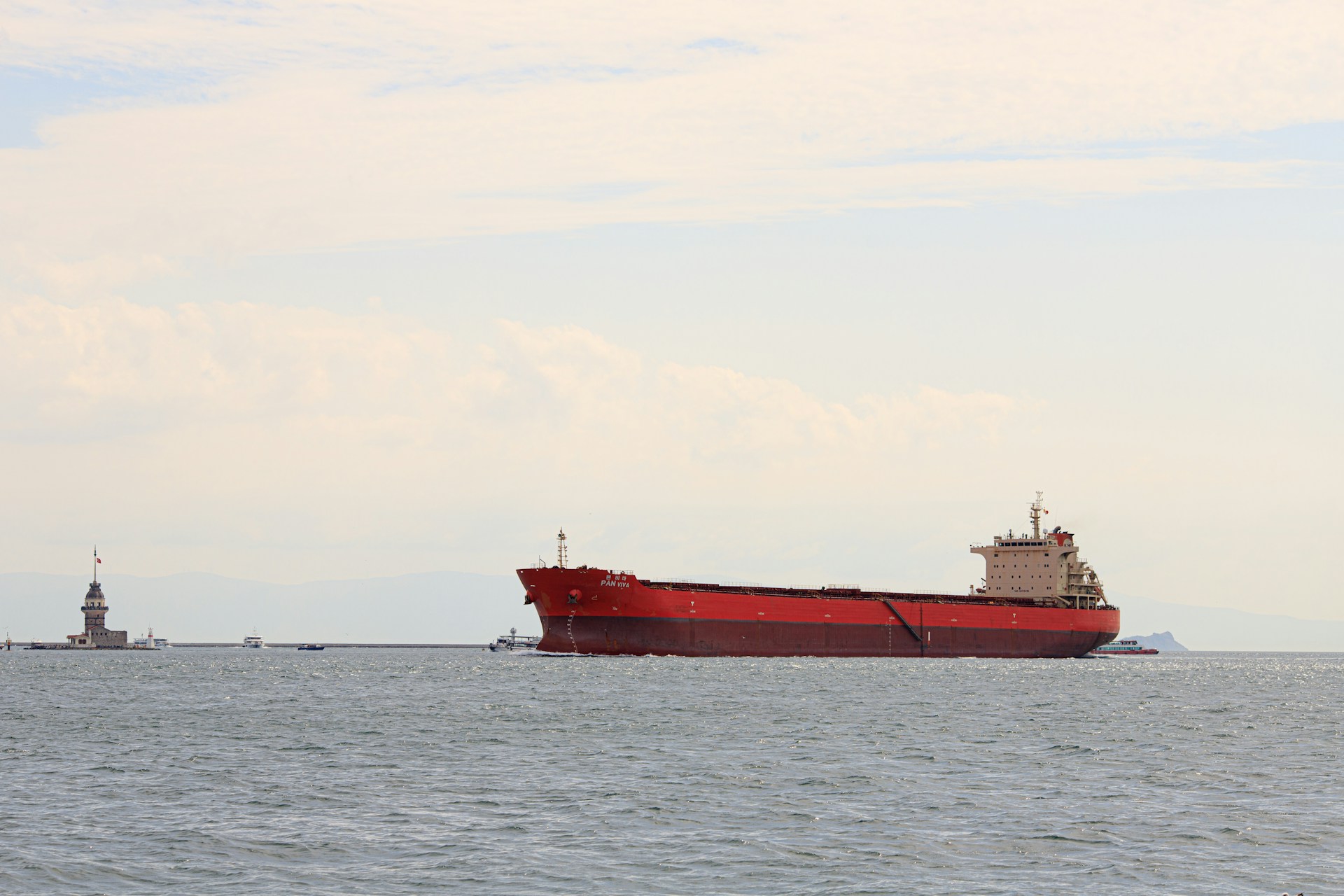
Read more: Everything You Need to Know About Offshore Vessels
The crew will also need to clean and ventilate the tanks thoroughly after the last cargo has been discharged and before the next cargo can be brought onboard as the residue of the last cargo may have an adverse effect on the next, even to the point of it being combustible and therefore extremely dangerous.
How quickly cleaning can be carried out partly depends on the tank material or coating.
Chemical tankers and safety
There are two different codes that chemical tankers must comply with. They are:
BCH Code
- BCH is the Construction and Equipment of Ships Carrying Dangerous Chemicals in Bulk code.
- Relates to tankers that were converted or built prior to July 1st 1986
- For tankers that carry noxious or dangerous liquid chemicals (excluding petroleum)
IBC Code
- IBC is the International Code for the Construction and Equipment of Ships Carrying Dangerous Chemicals in Bulk
- Relates to tankers that were converted or built on or after July 1st 1986
- For tankers that carry noxious or dangerous liquid chemicals (excluding petroleum)
Find out more about other types of vessels
At Martide we’re interested in all different types of ships and vessels. So if you want to know anything about container feeder vessels, heavy load carriers or heavy lift vessels then keep on reading!
ARE YOU LOOKING FOR JOBS ON CHEMICAL TANKERS? VIEW MARTIDE’S CHEMICAL TANKER JOBS NOW!
Read the previous article in this series: Everything You Need to Know About Bulk Carriers
Read the next article in this series: Everything You Need to Know About Car Carriers

Eve Church
Eve is Martide's content writer, publishing regular posts on everything from our maritime recruitment and crew planning software to life at sea. Eve has been writing professionally for more than two decades, crafting everything from SEO-focused blog posts and website landing pages to magazine articles and corporate whitepapers.
UK

is the only site for maritime jobs

